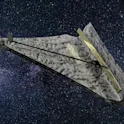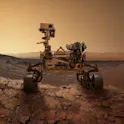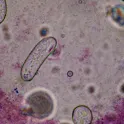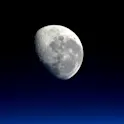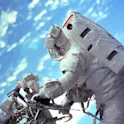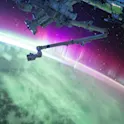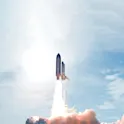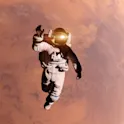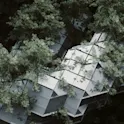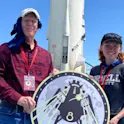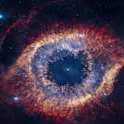Space sciences and astronomy
13 Mar 2023
Why understanding human evolution on Earth will be absolutely essential for any future deep-space colonies to survive and thrive
By Lee G Irons, Norfolk Institute, and Morgan A Irons, Cornell University Photo of Lee and Morgan, Credit: Lee Irons and Morgan Irons Is human migration into space inevitable? Is it based on facts, or is it based upon a belief in human exceptionalism? These are some of the questions explored by Lee and Morgan Irons in a recent article published in Frontiers in Astronomy and Space Sciences, asking whether humans’ evolutionary connection to Earth requires us to inhabit space the same way we do here. Lee is a physicist, engineer, and the executive director of Norfolk Institute. Morgan is an astro-ecologist and PhD candidate at Cornell University, a Carl Sagan Institute Fellow, a US National Science Foundation Graduate Research Fellow, and a Norfolk Institute Fellow. In this latest guest editorial, they explain why – and why not – space settlement might be possible. How can such a feat be accomplished? Is it just a matter of leveraging the resources of a billionaire and the capital power of the economically developed Earth to ship the materials to Mars to build a city with a dome, followed by pressurizing the dome with an Earth-like atmosphere, and spreading biosolids (ie, sterilized human […]
